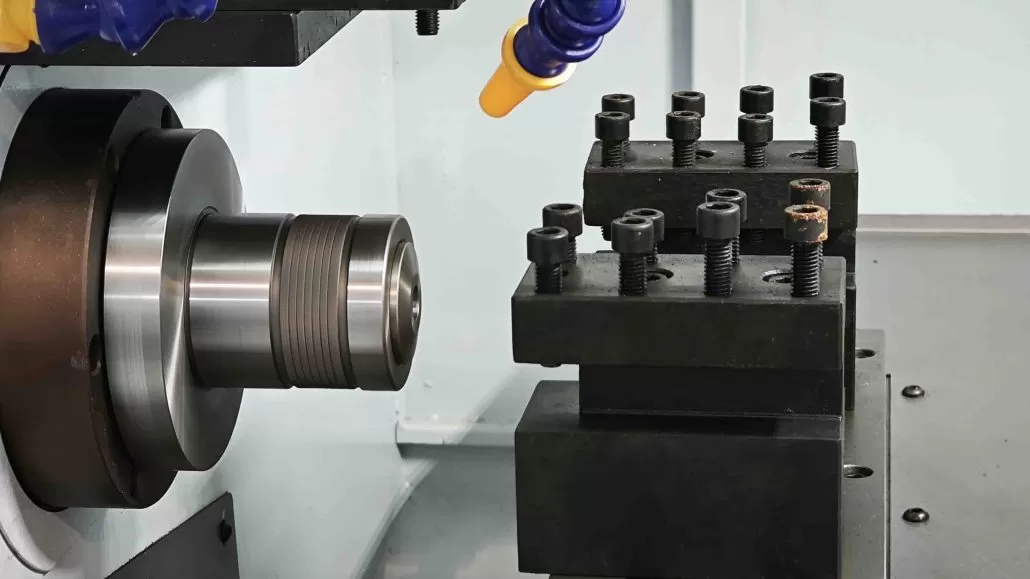If you are a CNC milling practitioner, you know that milling small parts can be quite challenging. Size limitations, intricate geometries, and delicate materials are just some of the factors that make this task extremely difficult. However, with the right approach, equipment, and expertise, it is possible to achieve precision and quality in manufacturing even the tiniest components.
In this article, we will provide you with a comprehensive guide on how to CNC milling extremely small parts. We will cover the fundamentals of CNC milling, the requirements of milling small components, and the techniques and tools you can use to optimize your milling process. By the end of this guide, you will have a clear understanding of how to tackle the most demanding milling projects and deliver outstanding results.
CNC Milling Fundamentals Overview
Before we jump to the specifics of milling small parts, let’s start with a brief overview of CNC milling fundamentals. CNC milling involves the use of a computer-controlled machine that removes material from a workpiece to create a desired shape. The process can be performed on a wide range of materials, including metals, plastics, ceramics, composites, and wood.
The milling process follows several steps:
- Design: You create a digital model of the part you want to mill using CAD or other software.
- Programming: You convert the model into machine-readable instructions using CAM or G-code.
- Setup: You prepare the machine, workpiece, and cutting tools for the milling process.
- Milling: You run the program, and the machine removes material from the workpiece according to the instructions.
- Finishing: You perform additional operations, such as polishing, sanding, or coating, to achieve the desired final aspect.
Requirements for Milling Small Parts
When it comes to milling small parts, several requirements must be met to ensure the success of the operation. Here are the most critical ones:

Precision: Because small parts have small features and tight tolerances, the milling process must be extremely precise to avoid errors or deviations from the design.
Control: The milling machine must provide accurate and stable control over the cutting tools, feed rates, and spindle speeds to ensure consistent results.
Rigidity: The machine must be rigid enough to handle the cutting forces and vibrations generated during the milling process, which can affect the quality of the finished part.
Tooling: The milling tools must be sharp, durable, and suitable for the material being machined to avoid tool wear, breakage, or other issues that can compromise the part’s quality.
Surface finish: Small parts often require a high-quality surface finish, which can be achieved through careful selection of tool paths, tooling, and cutting parameters.
Material handling: Small parts can be delicate or intricate to handle, requiring specialized clamping or fixturing methods to ensure secure and stable positioning during the milling process.
Techniques and Tools for Milling Small Parts
Now that we’ve covered the requirements for milling small parts let’s dive into the techniques and tools you can use to optimize your milling process:
Micro-milling: Micro-milling involves using small cutting tools with a diameter of less than one millimeter to machine small features or parts. This method requires high precision and control to avoid tool breakage, chatter, or other issues.
High-speed machining: High-speed machining involves using higher spindle speeds and feed rates to achieve faster material removal rates and better surface finishes. This technique requires stable and rigid machines and tools to avoid vibrations or chatter.
Small tools: Small tools, such as micro end mills or micro drills, are essential for milling small parts. These tools need to be sharp, rigid, and of high quality to ensure precise and reliable cutting.
Specialized software: To optimize the milling process for small parts, you can use specialized software that provides high-resolution tool path calculations, simulation, and analysis of cutting conditions. These tools can help you identify potential issues and optimize your process for the best results.
Conclusion
Milling extremely small CNC parts is a demanding task that requires precision, control, and expertise. By following the guidelines and techniques we’ve outlined in this guide, you can achieve outstanding results and deliver high-quality parts to your customers. Remember to use the right equipment, tools, and software, and to optimize your process for the specific requirements of each project. With practice and dedication, you can become a top-notch CNC milling practitioner who can tackle any small parts challenge that comes your way.


